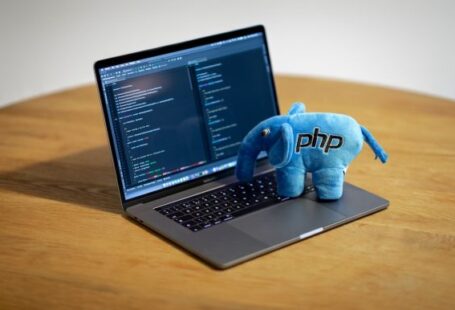In today’s data-driven world, the ability to analyze and interpret large amounts of data has become increasingly important. Organizations across industries are seeking ways to make sense of the vast amounts of information they collect, in order to make better decisions and gain a competitive advantage. One powerful tool that has emerged in recent years for data analysis and statistical computing is R.
What is R?
R is a programming language and software environment designed specifically for statistical computing and graphics. It was originally developed by statisticians for statisticians, but has since gained popularity among data scientists, researchers, and analysts from various disciplines. One of the key reasons for its popularity is its open-source nature, which means that anyone can use, modify, and redistribute it freely.
Data Analysis with R
R provides a wide range of tools and functions for data manipulation, exploration, and analysis. It is particularly well-suited for working with structured data, such as spreadsheets or databases. With R, you can easily import data from various sources, clean and transform it, and perform a wide range of statistical analyses.
Visualizing Data in R
One of the strengths of R is its ability to create high-quality visualizations. R provides a rich set of libraries and packages for creating a wide range of plots and charts, including bar plots, scatter plots, line plots, and heatmaps. These visualizations can be customized and enhanced with various options and settings, allowing you to effectively communicate your findings to others.
Statistical Modeling with R
R also provides powerful tools for statistical modeling and inference. Whether you want to perform simple tests, build regression models, or conduct advanced analyses, R has you covered. It offers a wide range of statistical models and techniques, such as linear regression, logistic regression, time series analysis, and machine learning algorithms. These models can be fitted to your data, and the results can be interpreted and evaluated using various statistical measures.
Extending R with Packages
One of the great strengths of R is its extensibility. As an open-source language, R has a vibrant community of developers who have created thousands of packages that extend its functionality. These packages cover a wide range of domains, from finance and economics to genomics and bioinformatics. By installing and loading these packages, you can access additional functions and tools that can help you solve specific problems or analyze particular types of data.
Collaboration and Reproducibility
Another advantage of R is its support for collaboration and reproducibility. R allows you to write scripts and code that can be easily shared and reproduced by others. This means that your analyses can be easily replicated and validated by your colleagues or reviewers. In addition, R provides tools for version control, which allow you to track changes to your code and collaborate with others using platforms like GitHub.
In Conclusion
R is a powerful and flexible tool for data analysis and statistical computing. Its rich set of functions, libraries, and packages make it a popular choice among data scientists and analysts. With R, you can import, clean, and manipulate data, create visualizations, perform statistical modeling, and extend its functionality with packages. Moreover, R supports collaboration and reproducibility, making it an ideal choice for teams and researchers. Whether you are new to data analysis or an experienced practitioner, R can help you unlock the insights hidden in your data and make informed decisions.




